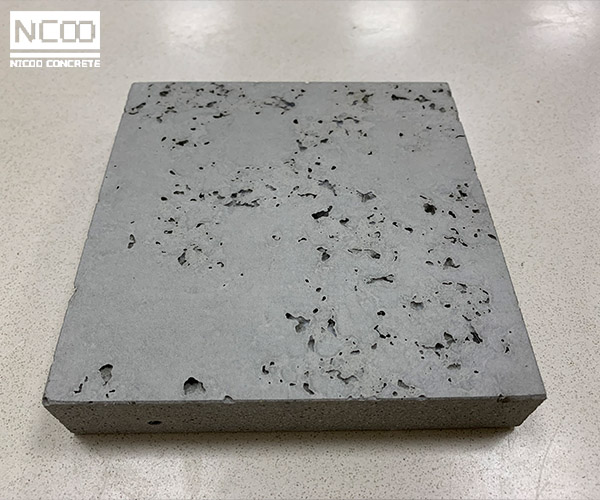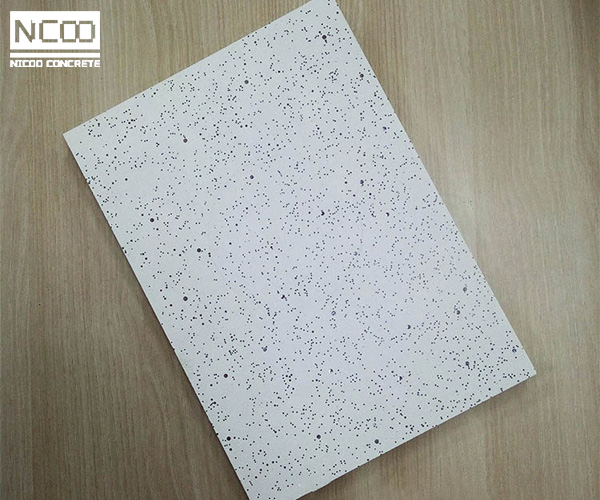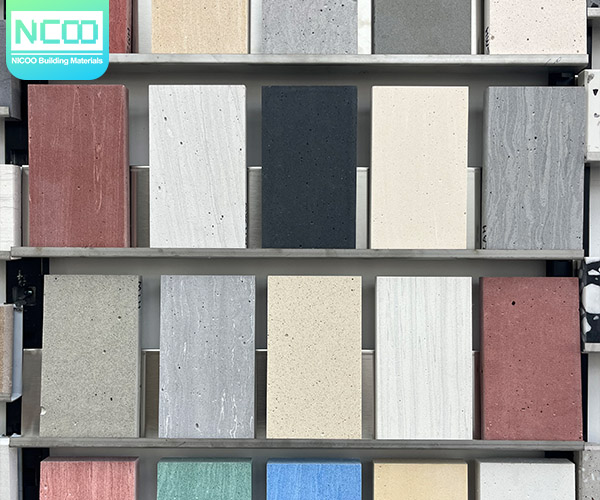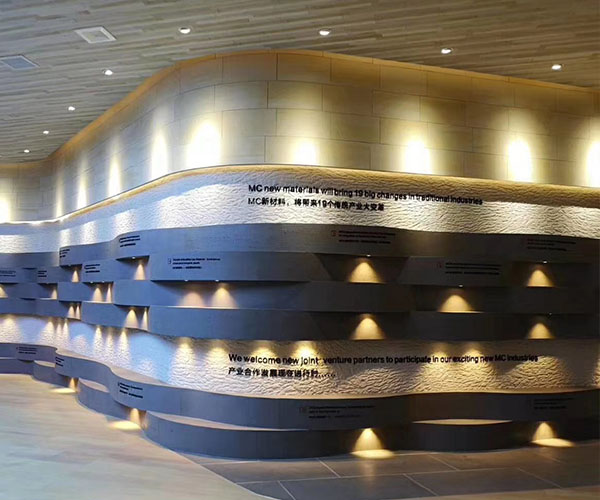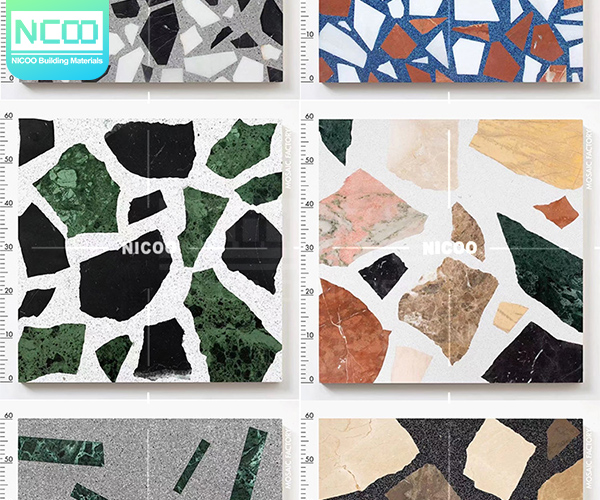Can Inorganic Cave Stone Be Used In External Walls Instead of Stone?
1. Artificial stone, as an innovative stone, boldly tries to maintain the original texture and geotechnical texture under the premise of the use of natural stone does not have the characteristics of the performance, in line with the modern architecture of The Times.
2. The color is rich, the texture is natural and diverse, and the surface treatment can make different texture texture, make the surface texture effect that natural stone does not have, and meet the personalized customization needs of the design project.
3. In projects with tight budgets, natural stone is expensive and maintenance costs are high, and artificial stone is a good alternative material. Meet the design effect requirements and save the budget.
Application: Large area wall
1. Rich color, customizable, and inorganic pigment color is more stable;
2. The texture is natural and diverse, and can be customized. The surface treatment can make different texture texture, and make the surface texture effect that natural stone does not have;
3. Uniform density, high cutting precision;
4. High hardness, friction resistance, Mohs hardness can reach 6-7 level;
5. High fire rating: fire grade A, high temperature without deformation or discoloration;
6. Strong UV resistance, high durability, can keep the building beautiful and beautiful for a long time;
7. Heat and sound insulation to achieve a more comfortable and quiet space environment;
8. Wide range of applications: external wall, internal wall, floor and roof.
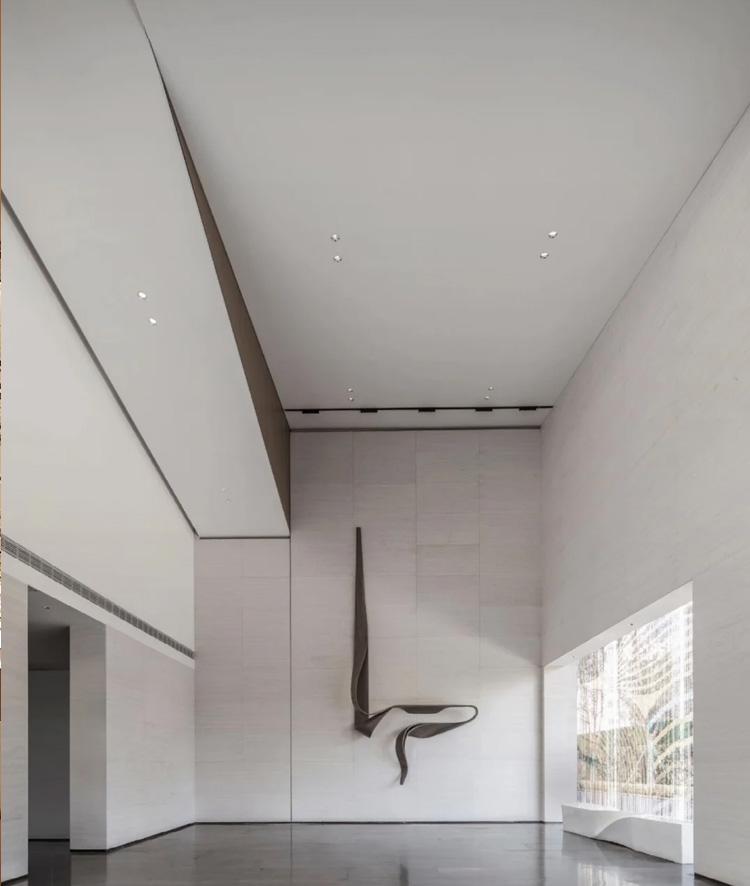
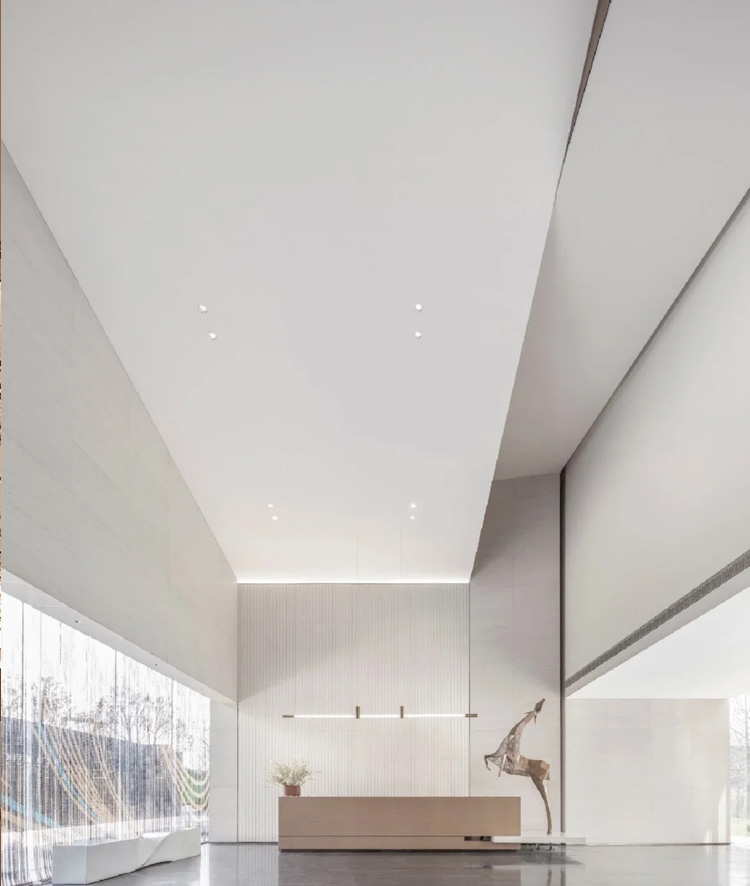
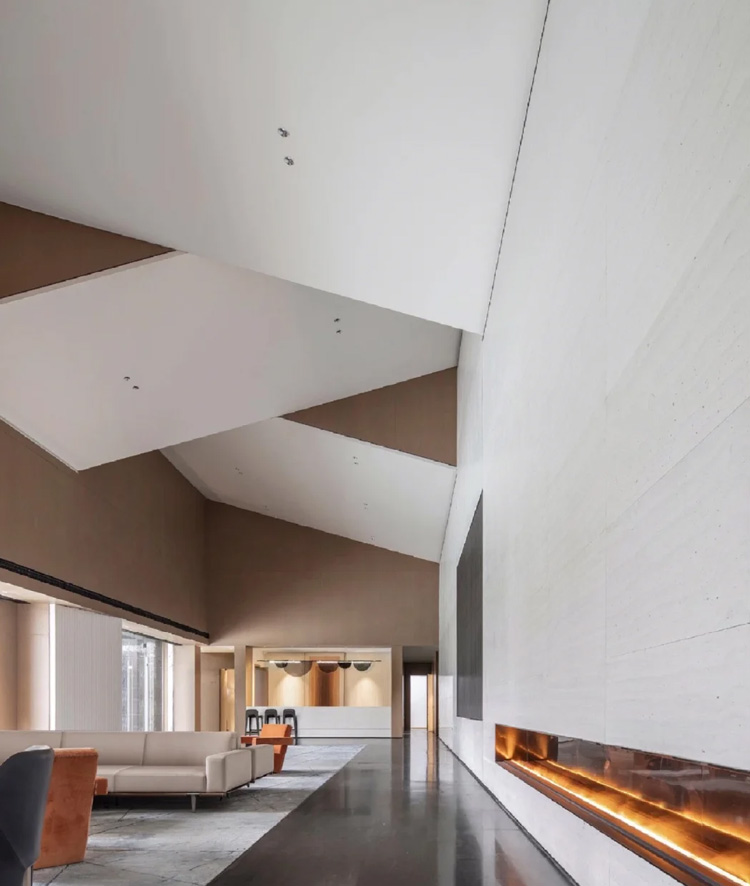
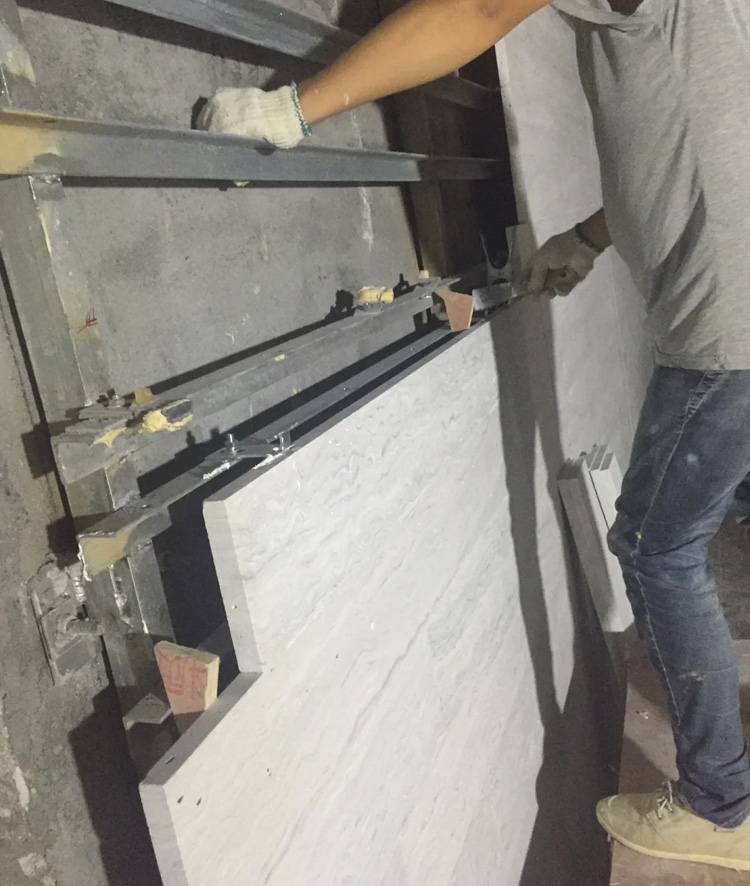
MCM Tile Manufacturer Teach You To Identify The Quality
The MCM tile (soft tile) of various manufacturers will also have different differences, how to choose good quality flexible ceramic tiles is the key.
2024 New Arrival Large Particle Terrazzo Tile Waterproof Precast Terrazzo Floor Panel Stone Tiles
Large particle terrazzo | can match the drawing of each board
FAQ
FAQ about Nicoo Concrete
Light-transmitting Cement and Concrete Interesting Texture Sharing
Nowadays, designers rarely find suitable textures when designing light-transmitting concrete. Today, I share some textures of light-transmitting cement for designers' reference.



